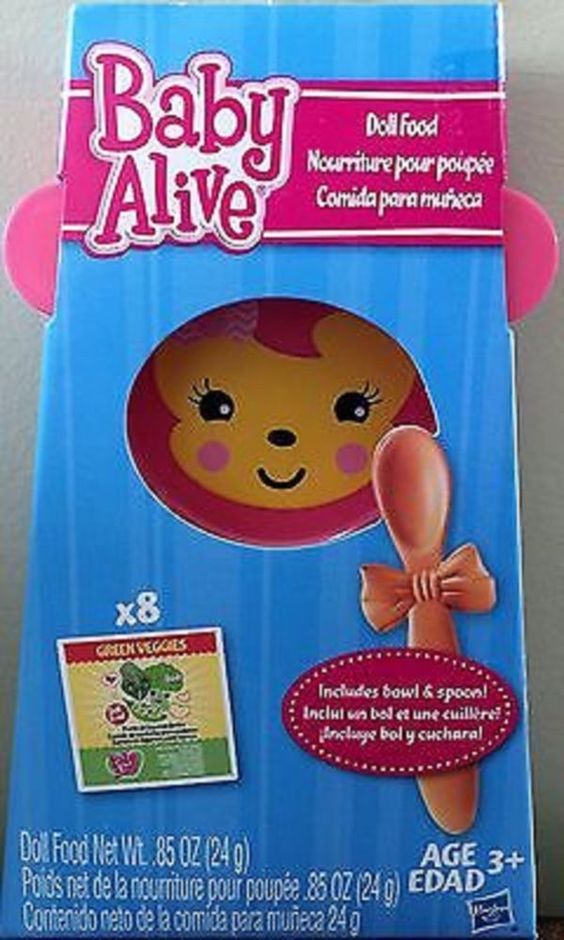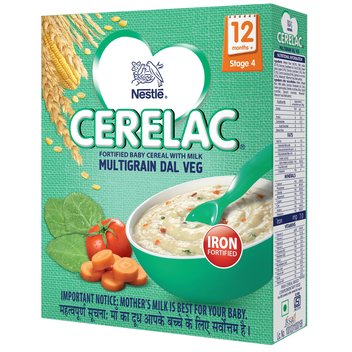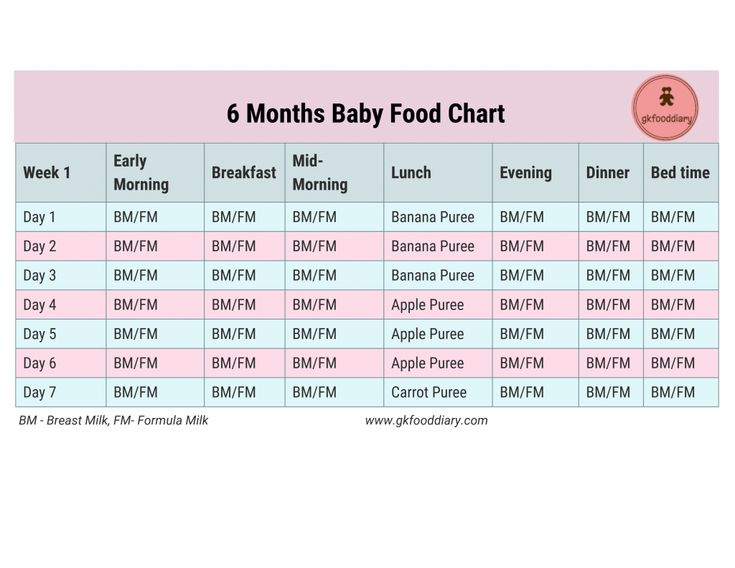What to feed a 1 year old baby for breakfast
30 Breakfast Ideas for a 1-year-old
Our post, 30 Meal Ideas for 1-Year-Olds, has been so incredibly popular that I asked our contributor, Kaley, to follow it up with a breakfast version.
What I love most about this is that we have breakfast for dinner on the regular around here– which means that now we have 60 great kid-friendly meal ideas!
Here she is with her list (and if anyone knows healthy kid food, it’s Kaley, so it’s a great list).
We have two go-to breakfasts in my house. And they are both super simple formulas that can be endlessly customized.
The first is eggs + fruit + bread. One day it might be scrambled eggs, toast, and cut up strawberries. The next it is hard boiled eggs, sliced apple and an English muffin.
And then we will get really wild and crazy and combine the egg and bread and do an egg in the hole (my kids’ favorite!) with blueberries and kiwi.
The second easy customizable breakfast we do is oatmeal + fruit. I especially like this one because it works for babies as young as 6 months, meaning one breakfast for everyone in the family. Score!
You can make the oatmeal (read about making oatmeal for babies here) with whole milk, coconut milk, almond milk, or whatever type of milk your family drinks. Then add whatever combination of fruit you want, and you are done.
As customizable as our two go-to breakfasts are, sometimes it is nice to switch it up a little. So below you will find my top 30 breakfast ideas for a one-year-old.
- Healthy Oatmeal Mini Muffins
- Cottage Cheese Pancakes
- Raspberry and Coconut Breakfast Balls
- Breakfast Banana Pops
- Apple and Potato Pancakes
- Green Toddler Smoothie
- Pear Oatmeal Bars
- Mini Frittatas
- Nutrient-Packed Pancakes
- Honey Banana Oat Smoothie
- Chicken Apple Sausage
- Banana Toast
- Sweet Potato Waffles
- Healthy Breakfast Toddler Casserole
- Banana Blueberry Fritters
- Strawberry French Toast Roll Ups
- Spinach Pancakes
- Grain Free Zucchini And Carrot Muffins
- Blueberry Pie Smoothie
- Spaghetti Squash Hash Browns
- Banana Sushi
- Pumpkin Pancakes with Warm Apple Compote
- Avocado Blueberry Baby Smoothie
- Zucchini Parmesan Waffles
- Tomato and Basil Baby Omelette
- Sweet Spinach Muffins
- Rainbow Peppers + Feta Quiche
- Blueberry Avocado Pancakes
- Cheese and Broccoli Eggy Fingers
- Sweet Potato Egg Nests
You can add chopped up fruits/veggies and whatever milk your toddler drinks to any of these breakfast ideas to make them a complete, healthy meal.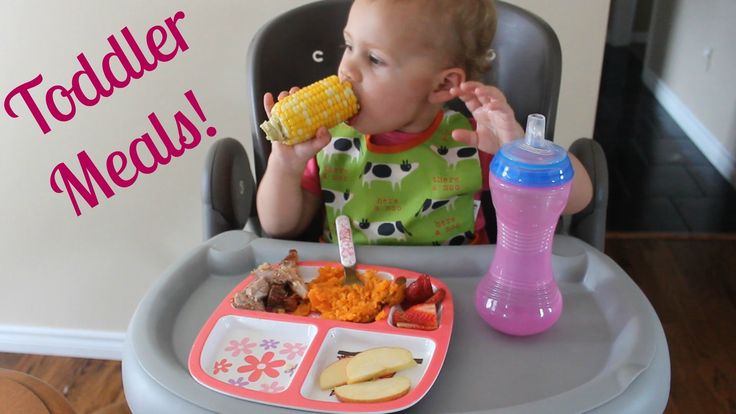
More from MPMK
Meal Planning Made Easy – An Honest Review of Prep Dish
Lunch Box Hack: Bake & Freeze Batch Muffins
Ultimate Resource Guide: Healthy Back-to-School Eating
The following two tabs change content below.
- Bio
- Latest Posts
Kaley is a photographer, writer and yogi, currently living in beautiful Vienna, Austria with her husband and two little girls.
25+ Breakfast Ideas For a 1-Year-Old
This list of over 25 breakfast ideas for a 1-year-old is filled with options for all flavor preferences, making mealtime easier each week!
Feeding a toddler is no small feat. It may involve tears (possibly from parents) and food splatters on EVERY surface. But, while the process may be challenging, introducing your child to a variety of foods can help diversify their palate, jumpstart healthy habits, and provide a balance of nutrients that enables proper development.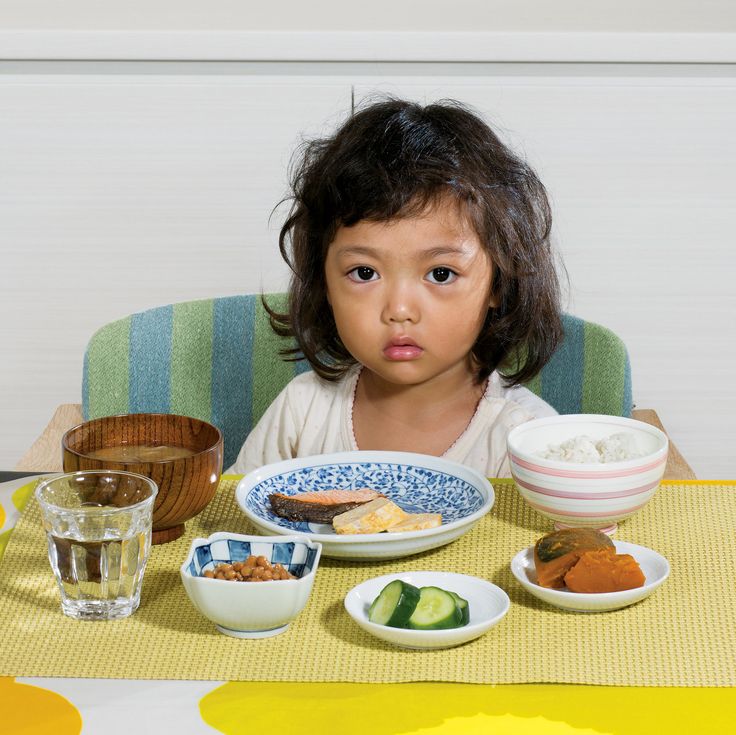 Check out these tasty breakfast ideas that the entire family can enjoy, including your little one!
Check out these tasty breakfast ideas that the entire family can enjoy, including your little one!
25+ Breakfast Ideas for a 1-Year-Old
Feeding a 1-year-old shouldn’t be any different than how you feed yourself. Yup, that includes whole grains, colorful fruits, hearty vegetables, and healthy protein sources. But be mindful of choking hazards and take precautions by chopping, mashing, or cutting foods into small pieces for your youngster to enjoy safely. Here’s a complete list of 25+ breakfast ideas.
- Scrambled eggs + avocado + ¼ to ½ small banana (mash or chopped if needed)
- Mini omelet with spinach, diced bell peppers, and onions
- Mini omelet with basil, tomato, and fresh mozzarella
- Scrambled eggs + whole wheat tortilla
- Home fries + spinach omelet
- Egg muffins with tomatoes, spinach, and cheddar cheese
- Broccoli and cheese omelet
- Mini Frittata
- Overnight oats: Rolled oats + plain whole-milk Greek or regular yogurt, whole milk, bananas, unsweetened cocoa powder, and cinnamon
- Overnight oats: Rolled oats + plain whole-milk Greek or regular yogurt, whole milk, blueberries, sliced strawberries, and a drizzle of maple syrup
- Overnight oats: Rolled oats + plain whole-milk Greek or regular yogurt, whole milk, nut butter, diced peaches, cinnamon, and a drizzle of maple syrup
- Overnight oats: Rolled oats + plain whole-milk Greek or regular yogurt, whole milk, nut butter, unsweetened cocoa powder, sliced strawberries, and a drizzle of maple syrup
- Oatmeal + plain whole-milk Greek or regular yogurt with diced strawberries
- Oatmeal + pureed peach with nutmeg
- Oatmeal + bananas and a sprinkle of unsweetened cocoa powder
- Oatmeal flour pancakes + strawberry compote
- Baked oatmeal bars with blueberries
- Baked apples with cinnamon + plain whole-milk Greek or regular yogurt
- Pumpkin pancakes made with whole wheat flour + warm apple compote + pumpkin pie spice
- Sweet potato waffles + nutmeg and cinnamon
- Baked French toast sticks using whole wheat bread + apple compote
- Whole wheat bread topped with peanut butter and banana slices
- Whole wheat English muffin + scrambled eggs + tomato salsa
- Zucchini pancakes + Greek yogurt topping
- Blueberry muffins made with whole wheat flour
- Banana bread with almond butter
Curious about how specific breakfast foods benefit your 1-year-old? Refer to the categories below for nutrient breakdowns and how to reach your child’s recommended needs.
Eggs for Your 1-Year-Old
Whether you’re cutting up a hard-boiled egg for breakfast or simply scrambling them for finger food, it’s an egg-cellent addition to your breakfast routine. Eggs are a savory and satisfying breakfast that can get easily prepared in a variety of ways. So, which cooking method is your favorite?
- Hard-boiled
- Sunnyside up
- Scrambled
- Omelets
- Deviled eggs
Eggs are one of the best dietary sources of choline—an essential nutrient that enables your child’s brain development. While your liver does naturally synthesize choline in small amounts, it’s necessary to consume choline in the diet to maintain good health.
Just one egg provides 147 mg of choline, equating to 27% and 35% of the daily recommended dietary intake for adult men and women, respectively. As for children, the requirements are as follows:
- Infants, 7-12 months – 150mg/day
- Toddlers, 1-3 years old – 200mg/day
Eating just one egg provides your toddler with 74% of their daily recommended dietary intake of choline.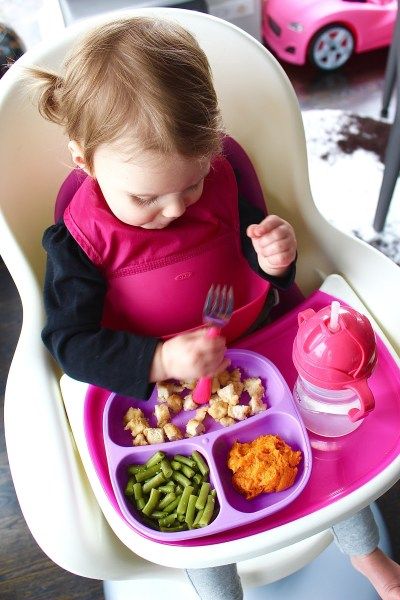 (1) Is your child allergic to eggs? No worries! Other sources of choline include beef, fish, poultry, dairy, soybeans, potatoes, wheat germ, kidney beans, and quinoa. (1,2)
(1) Is your child allergic to eggs? No worries! Other sources of choline include beef, fish, poultry, dairy, soybeans, potatoes, wheat germ, kidney beans, and quinoa. (1,2)
Egg-cellent breakfasts ideas (as listed above):
- Scrambled eggs + avocado + ¼ to ½ small banana (mash or chopped if needed)
- Mini omelet with spinach, diced bell peppers, and onions
- Mini omelet with basil, tomato, and fresh mozzarella
- Scrambled eggs + whole wheat tortilla
- Home fries + spinach omelet
- Egg muffins with tomatoes, spinach, and cheddar cheese
- Broccoli and cheese omelet
- Mini Frittata
Benefits of Oatmeal
Oatmeal is a classic breakfast staple and one of our favorite options of these breakfast ideas for a 1-year-old. It’s incredibly versatile and can get served with a variety of tastes and textures. Whether you’re enjoying a steaming bowl of steel-cut, Scottish oats, or rolled oats, this heart-healthy grain is a satisfying favorite. Get creative and transform it into porridge, overnight oats, granola, or baked goods such as muffins or cookies.
Get creative and transform it into porridge, overnight oats, granola, or baked goods such as muffins or cookies.
Oats pack a nutritious punch, as shown by their many health benefits. Specifically, their high-fiber content helps reduce the risk of heart disease and diabetes and promotes gastrointestinal health. (3)
Overnight sensations (Overnight oats):
- Rolled oats + plain whole-milk Greek or regular yogurt, whole milk, bananas, unsweetened cocoa powder, and cinnamon
- Rolled oats + plain whole-milk Greek or regular yogurt, whole milk, blueberries, sliced strawberries, and a drizzle of maple syrup
- Rolled oats + plain whole-milk Greek or regular yogurt, whole milk, nut butter, diced peaches, cinnamon, and a drizzle of maple syrup
- Rolled oats + plain whole-milk Greek or regular yogurt, whole milk, nut butter, unsweetened cocoa powder, sliced strawberries, and a drizzle of maple syrup
Fiber-rich oatmeal dishes:
- Oatmeal + plain whole-milk Greek or regular yogurt with diced strawberries
- Oatmeal + pureed peach with nutmeg
- Oatmeal + bananas and a sprinkle of unsweetened cocoa powder
Feel like having oatmeal in a new way? Try these!
- Oatmeal flour pancakes + strawberry compote
- Baked oatmeal bars with blueberries
Spices to Add to Your Baby’s Breakfasts
Spices can revolutionize meals by adding a burst of bold flavors, vitamins, and antioxidants. They are also rich in phytonutrients which can help support brain and immune function while combating inflammation. For example, cinnamon, contains antibacterial, anti fungal, and blood glucose-lowering properties that may help reduce overall disease risk. Benefits for the whole family – so, don’t be shy with the spices! Try different combinations to find your favorite new flavor combo.
They are also rich in phytonutrients which can help support brain and immune function while combating inflammation. For example, cinnamon, contains antibacterial, anti fungal, and blood glucose-lowering properties that may help reduce overall disease risk. Benefits for the whole family – so, don’t be shy with the spices! Try different combinations to find your favorite new flavor combo.
Spiced breakfast creations:
- Baked apples with cinnamon + plain whole-milk Greek or regular yogurt
- Pumpkin pancakes made with whole wheat flour + warm apple compote + pumpkin pie spice
- Sorghum or buckwheat pancakes with blueberries (cut in quarters or mash)
- Sweet potato waffles + nutmeg and cinnamon
Fiber-Rich Focus – Whole Grains, Fruits, and Veggies
What do whole grains, fruits, and vegetables all have in common? They are all filled with lots of hearty fiber and a variety of nutrients that promote positive health outcomes. Whole grains consist of three components:
- bran
- germ
- endosperm
On the other hand, refined grains only contain the endosperm.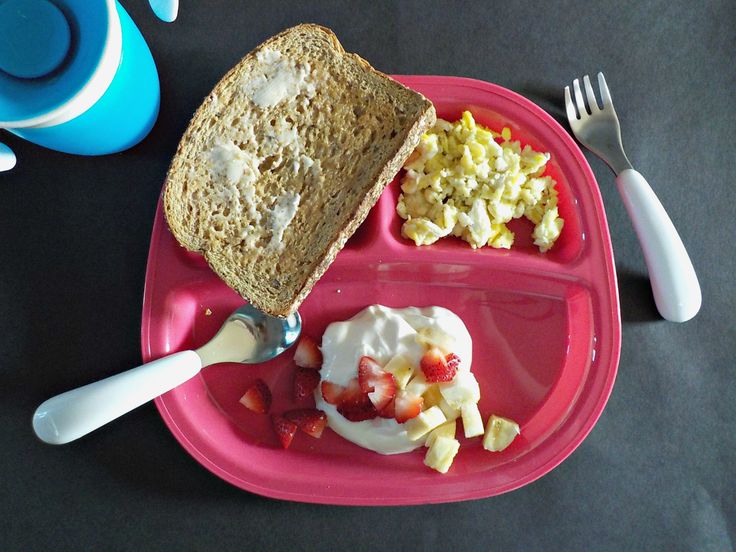 But, removing the bran and germ also eliminates key nutrients such as B-vitamins, iron, and fiber. Easy fix–choose “brown bread,” right? Think again! Some bread can look brown because they contain molasses or other similarly colored ingredients. Don’t forget to read the nutrition facts and ingredients list on the package to feel confident about your food choices.
But, removing the bran and germ also eliminates key nutrients such as B-vitamins, iron, and fiber. Easy fix–choose “brown bread,” right? Think again! Some bread can look brown because they contain molasses or other similarly colored ingredients. Don’t forget to read the nutrition facts and ingredients list on the package to feel confident about your food choices.
When looking at the ingredients list, look for the words “whole” or “whole grain.” They are often one of the first words on the list. Check out the recipes below for how to add whole grains, fruits, and veggies to your next breakfast! (4)
Whole-wheat winners
- Baked French toast sticks using whole wheat bread + apple compote
- Whole wheat bread topped with peanut butter and banana slices
- Whole wheat English muffin + scrambled eggs + tomato salsa
Fruit and veggie-focused breakfast ideas
- Zucchini pancakes + Greek yogurt topping
- Blueberry muffins made with whole wheat flour
- Banana bread with almond butter
Special Dietary Needs or Allergies?
Is your toddler allergic to mealtime staples such as dairy products, whole grains, or eggs? Don’t stress! Check out these easy substitutions to help reach your child’s needs to promote healthy growth and development.
Dairy-free baby
Instead of cow’s milk, try almond, soy, hazelnut, hemp, cashew, pea, macadamia, quinoa, or oat milk. Dairy-free alternatives for yogurt are also available to satisfy all of your breakfast needs. But if you are worried about your dairy-free child’s calcium or protein intake, don’t fret! Soy milk can provide your growing toddler with adequate calcium and protein. Just be sure to look for soy milk that is unsweetened and fortified with calcium and vitamin D. (5,6)
Gluten-free baby
Gluten-free options include:
- almond flour
- buckwheat flour
- sorghum flour
- amaranth flour
- teff flour
- arrowroot flour
- brown rice flour
- cassava flour
- tapioca flour
- coconut flour
Plus, go-to breakfast options such as tortillas, bread, and English muffins are readily available gluten-free. For parents or guardians who love to cook, experiment with the fours in the list above to create a homemade alternative to a classic favorite.
Egg-free baby
Instead of eggs, you can use mashed bananas, applesauce, flaxseed eggs, silken tofu, aquafaba, or a commercial egg replacer.
Looking for some more resources on how to feed your toddler in addition to these 25+ breakfast ideas for a 1-year-old? Check out these articles for some great ideas and inspiration:
- Food and Meals for a One Year Old Baby & Toddler
- Sample Daily Menu For Your 1 Year Old Child
- How Much Should My Toddler Eat?
- Part 1 of 2: Feeding Solids to Your Baby During the First Year of Life
- Part 2 of 2: Feeding Solids to Your Baby During the First Year of Life
How to feed a child in 1 year? Balanced baby nutrition: sample diet
Proper nutrition of a child in a year is an important condition for harmonious growth and development. In addition, a properly composed diet helps to strengthen the immune system. Receiving new products, the baby gradually gets acquainted with the diet. Pediatricians advise paying attention to the child's diet, its proper balancing.
Pediatricians advise paying attention to the child's diet, its proper balancing.
Nuances of nutrition
The diet of a child in 1 year is subject to the following principles:
- should be complete, meet all the needs of the body, provide vitamins, micro- and macroelements;
- diversity. As many combined foods as possible should be present in the diet daily;
- all food must be chopped.
Specialized foods must be included in order to properly balance the diet. They should be designed according to the needs of the child's body in a year. If you have any doubts or questions regarding the nutrition of your baby, you can seek advice from our doctors. They will remotely select an individual diet, tell you about all the nuances of the nutrition of one-year-old babies.
The diet must not be violated
The most advantageous is the diet according to the schedule.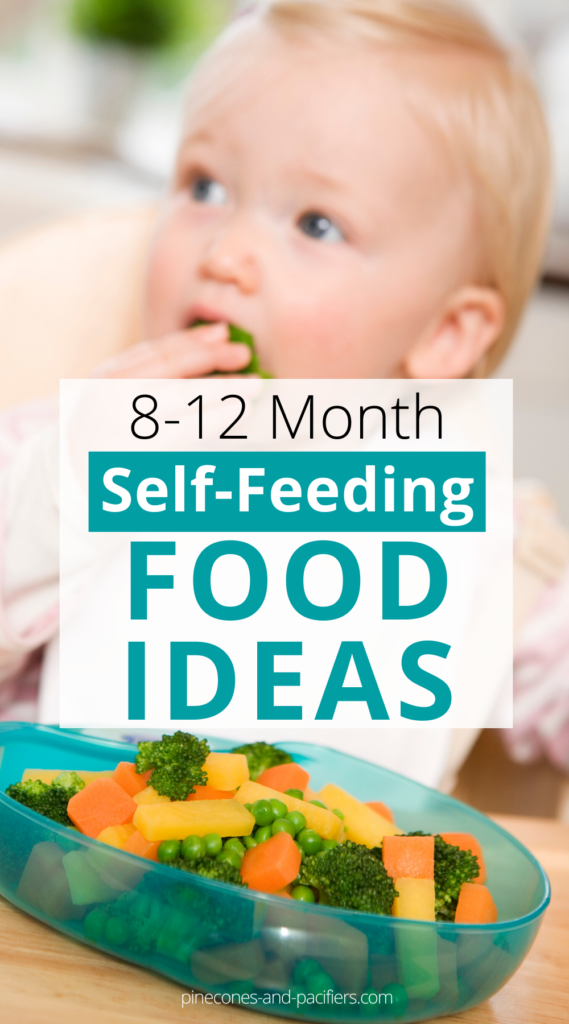 An individual nutrition program helps to quickly accustom the child to the daily routine. Even intervals between meals will not let the baby get hungry. According to WHO, the diet of a child at 1 year old should include breakfast, lunch, dinner, and afternoon tea.
An individual nutrition program helps to quickly accustom the child to the daily routine. Even intervals between meals will not let the baby get hungry. According to WHO, the diet of a child at 1 year old should include breakfast, lunch, dinner, and afternoon tea.
Meal plan for the day:
| Name | Description |
| 9.00 - breakfast | If the child gets up early, in this case it is permissible to feed an hour earlier. All other meals are shifted by an hour |
| 12.30 - lunch | Before dinner, it is recommended to take a walk, which will increase the appetite. For long walks, a snack is allowed two hours before the main meal. |
| 16.30 - afternoon snack | The amount of food is small. Eating easy |
| 19. | Dinner is served on the table two hours before bedtime. |
Important! When cooking, it is necessary to refuse fried, fatty and fried foods. The first meat broths merge. Salt and sugar are added in a minimal amount.
Which products to prefer
WHO recommends including the following foods in the children's menu:
- dairy products. Children under the age of one year do not give milk in its pure form. It is replaced with breast milk or mixtures. Kefir and yogurt are introduced gradually. Their fat content should not exceed 3.2 percent. Sour cream and cheeses are allowed to be given no more than twice a week;
- cereals. Porridge for a one-year-old child is given only for children. Adult coarse cereals are poorly digested in the baby's body. Allowed: oatmeal, buckwheat, millet, corn, rice porridge;
- vegetables fruits. By the age of 1, the child is familiar with apples, pears, bananas, prunes, zucchini, broccoli, carrots, potatoes.
 After a year, kiwi, beets, peas, apricots, beans are introduced into the diet. Legumes are given twice a week. The rest of the vegetables and fruits are allowed for use every day;
After a year, kiwi, beets, peas, apricots, beans are introduced into the diet. Legumes are given twice a week. The rest of the vegetables and fruits are allowed for use every day; - meat fish. Hake, pollock, cod are given twice a week, low-fat meat varieties - daily;
- oil. Butter and vegetable oils are added to ready meals. If the child already chews well enough, it is permissible to smear butter on bread. vegetable oils are chosen only unrefined;
- eggs. Up to a year it is allowed to introduce quail eggs, after a year they give chicken no more than three times a week.
Example from practice: One-year-old Pasha's mother made the following menu for him for the day, which she plans to feed him until he is 1.5 years old: For breakfast, porridge/vegetable dishes, cottage cheese 200 g, drink 100 ml. Lunch consists of salad - 30 g, soup - 50 g, second meat course - 50 g, vegetables / cereals - 70 g, compote - 100 ml. For an afternoon snack, mom offers ryazhenka or kefir - 150 ml, cookies, crackers - 15 g, juice, fruits - 100 g. For dinner, cereals / cottage cheese / vegetables are served - 180 g, fermented milk products - 100 ml, fruits - 50 g.
For dinner, cereals / cottage cheese / vegetables are served - 180 g, fermented milk products - 100 ml, fruits - 50 g.
Further, the weight of the products will gradually increase with the age of Pasha. Mom made up the optimal variant of the diet together with specialists.
Prohibited products for children from the year
The list of products not recommended for baby food includes:
- any kind of sausages, sausages;
- fried food;
- smoked meats;
- exotic vegetables, fruits;
- caramel, chewing gum;
- products containing flavor enhancers, dyes; flavors.
Children are limited in food with a lot of cholesterol, nuts. The latter can cause an allergic reaction. It is not advisable to give mushrooms, as they overload the child's digestive tract. For all questions, you can contact our doctors at any time of the day. They will remotely adjust the diet and help balance it.
Norm of food per day for a one-year-old child
The total daily calorie content should not be less than or more than 1300 Kcal.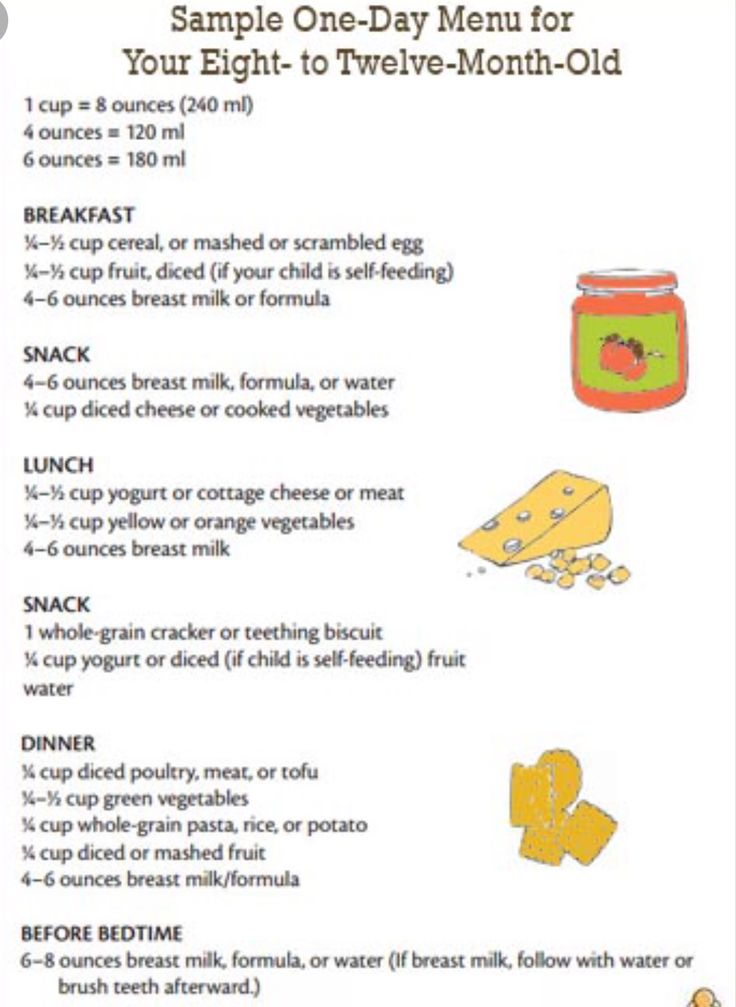 However, these figures are relative, as each child is individual. Someone develops quickly, and someone vice versa. And such children may need a supplement in the diet.
However, these figures are relative, as each child is individual. Someone develops quickly, and someone vice versa. And such children may need a supplement in the diet.
For breakfast, babies should consume at least 300 ml, for lunch - 420 ml, for an afternoon snack - 180 ml, for dinner - 300 ml.
Dr. Komarovsky advises to purchase only seasonal products. In his opinion, they will be able to provide the maximum benefit for the growing body of the child.
One year old baby menu for every day
Experienced doctors recommend feeding the baby up to 6 times a day. There should be 4 main meals.
Breakfast
In the morning, it is preferable to give milk porridge. Milk is diluted with water before use. Proportions for cereals: 200 ml of milk per 2 tablespoons of cereals. Twice a week it is permissible to serve an omelet from 1 egg. Prepare an omelette for a couple. You can add dill. It stimulates digestion.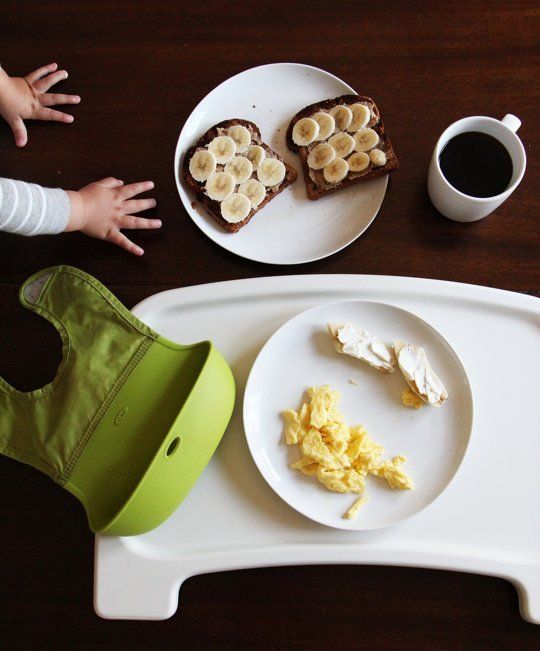 Wash down with compote, weak tea.
Wash down with compote, weak tea.
Snack
Yogurts and fruit purees are allowed here. They stimulate the production of gastric juice, digestion. A healthy snack is a baked apple with cookies. Fruit purees from jars, children's drinking yogurts are suitable.
Lunch
Lunch is the main meal. It can be only the first or second course, or maybe all together. Soups are cooked thick, rich, satisfying. Broths are prepared on boneless pulp. The first is drained, and vegetables are added to the second broth. Let's add some oil. The second offers cereals on the water, vegetables, salads, meat or fish. Spices, roasts are excluded.
Snack
For a small snack, cottage cheese casseroles, milk porridges, cheesecakes, cookies with compote, milk are suitable. Cow's milk is administered with caution. Start with small amounts, diluted with water. Observe the reaction, as cow's milk is considered an allergen.
Dinner
Dinner is scheduled five hours after the afternoon snack. Vegetable puree, porridge, stew with meat or fish are served. It is allowed to add a little oil to the stew.
Vegetable puree, porridge, stew with meat or fish are served. It is allowed to add a little oil to the stew.
When breastfeeding, the second dinner is allowed in the form of mother's milk. Children who are used to eating at night are gradually weaned from night feedings.
What to consider when formulating a diet
The nutrition of a one-year-old child should be in compliance with the regimen. You can also create a kind of ritual that will look like a joint table setting, decoration with bright napkins, original food serving.
If for some reason the child refuses to eat this or that product, he is not completely excluded from the diet. It is recommended to add it in small quantities, mixing with the main dish.
If the baby refuses to eat, it is recommended to shift the time. Perhaps the child did not have time to get hungry. Or you can go for a walk and work up an appetite.
All meals are served in turn. Don't put everything on the table at once.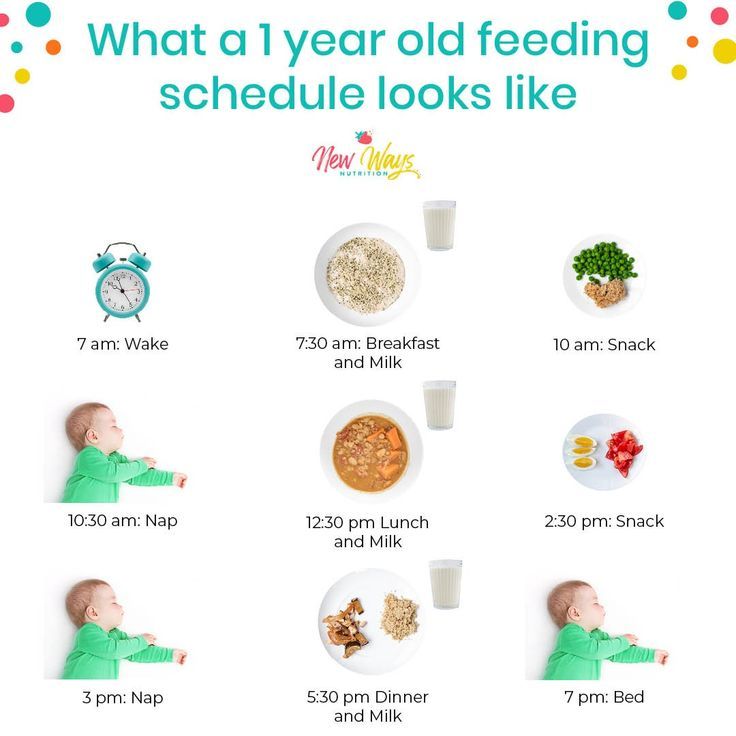 In this case, the baby will be confused, will try to try everything at once.
In this case, the baby will be confused, will try to try everything at once.
It is necessary to introduce new products with caution, in turn, starting with small portions. At the same time, the reaction of a small organism to innovations is closely monitored. In case of allergic reactions, the product is completely excluded.
Sweets in the form of confectionery, sweets, chocolate are not offered to kids. Small amounts of honey, syrups, jams, dried fruits, cookies are allowed.
FAQ
What must be present in the menu of a child at 1 year old?
+
The diet must be present: meat, dairy products, fruits, vegetables, bread, butter. Fish and eggs are given up to three times a week.
What are the most common mistakes parents make when preparing meals?
+
The most common mistake is a monotonous diet, consisting of the same products.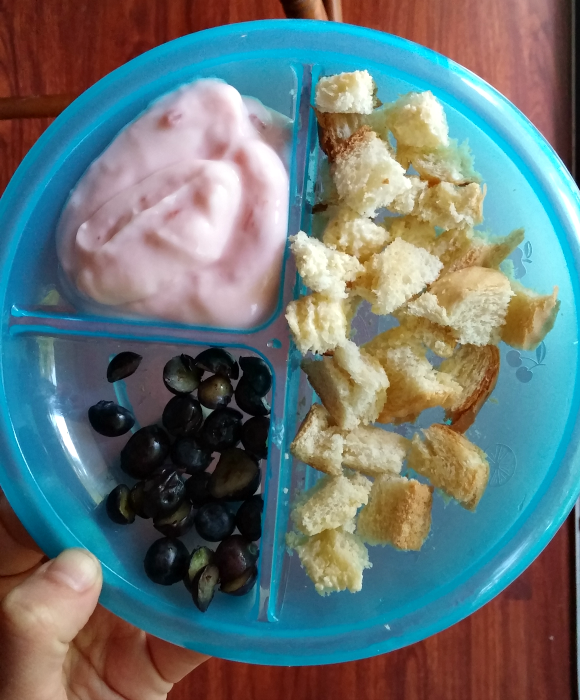 It is important to try to feed your baby a variety of foods. This will allow him not only to get acquainted with new products, but also to replenish the stocks of necessary substances.
It is important to try to feed your baby a variety of foods. This will allow him not only to get acquainted with new products, but also to replenish the stocks of necessary substances.
Is it permissible to include solid food in the diet if the teeth erupted a little?
+
Solid foods help form healthy eating habits. In addition, it is useful for teething. Hard pieces help form the correct bite.
Should I put my baby to sleep after eating?
+
After eating, the baby is drawn to sleep. However, putting him to bed right away is not right. If the child walked a lot, spent a lot of energy, in this case, yes, it is allowed to sleep after eating. In all other cases, after eating it is better to play.
What to do if a child refuses to eat with everyone at the age of one?
+
You can't force feed a child. It is important to form a strong habit with him that all meals with the family at a certain time.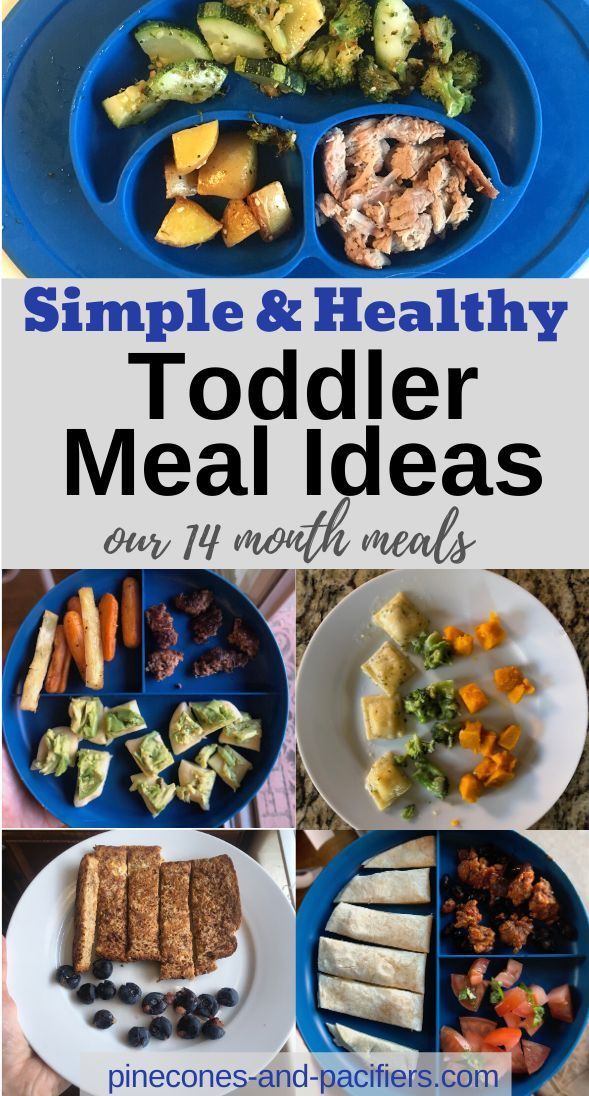 If for some reason he refuses to eat, then until the next feeding he remains hungry. Good habits are formed from childhood.
If for some reason he refuses to eat, then until the next feeding he remains hungry. Good habits are formed from childhood.
Expert opinion
The diet of a child in one year should be balanced and varied. Do not try to feed your baby the same food. In this case, he will not get the necessary vitamins, macro- and microelements that are important for development and growth. When feeding, it is advisable to observe a strict regime, accustoming the baby to order. Do not forget about harmful foods that are completely excluded from the diet.
We publish only verified information
Article author
Pruzhinin Mark Yulievich pediatrician
Experience 30 years
Consultations 1572
Articles 104
An experienced pediatrician with extensive experience and clinical experience in various medical organizations in the field of general pediatrics, resuscitation-anesthesiology and neuroinfection.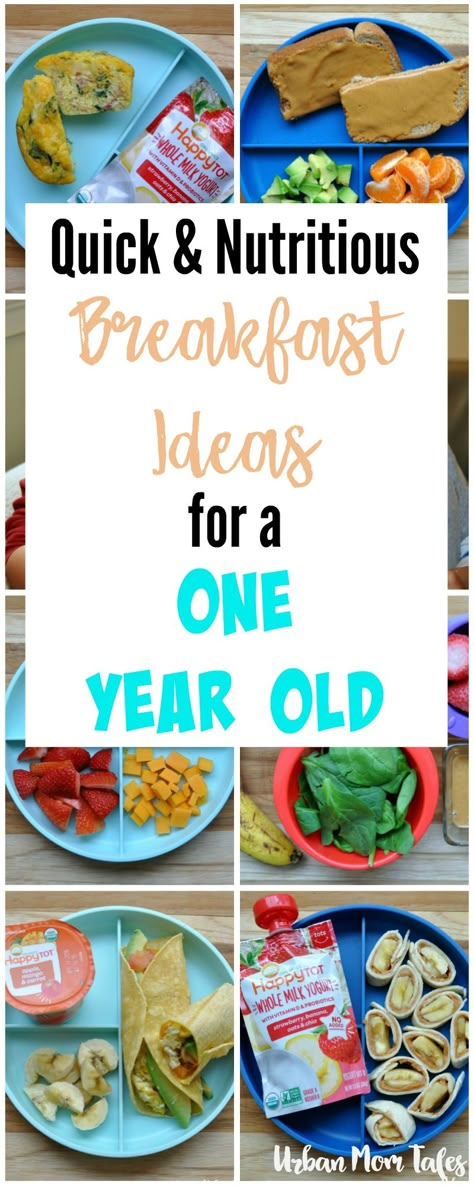 Works with leading experts, attends international and Russian conferences.
Works with leading experts, attends international and Russian conferences.
How to feed a child at 1 year old? Balanced baby nutrition: sample diet
Proper nutrition of a child in a year is an important condition for harmonious growth and development. In addition, a properly composed diet helps to strengthen the immune system. Receiving new products, the baby gradually gets acquainted with the diet. Pediatricians advise paying attention to the child's diet, its proper balancing.
Nuances of nutrition
The diet of a child in 1 year is subject to the following principles:
- should be complete, meet all the needs of the body, provide vitamins, micro- and macroelements;
- diversity. As many combined foods as possible should be present in the diet daily;
- all food must be chopped.
Specialized foods must be included in order to properly balance the diet. They should be designed according to the needs of the child's body in a year.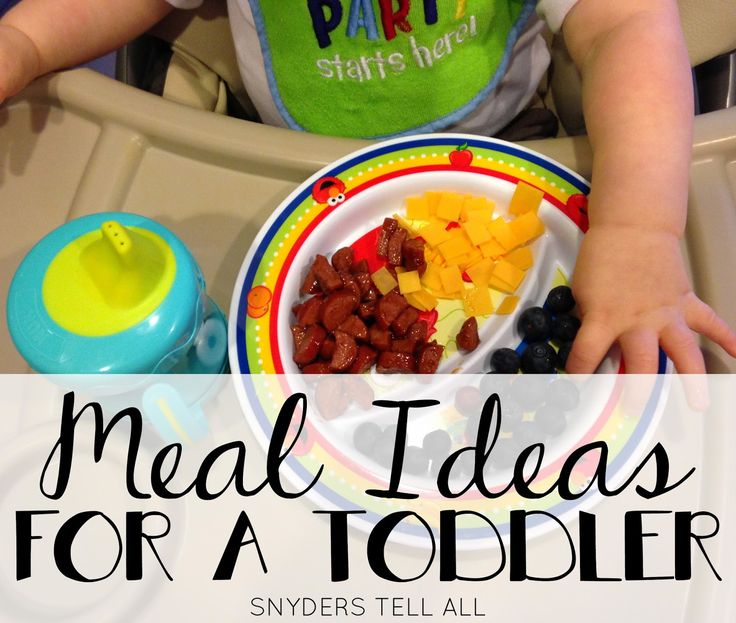 If you have any doubts or questions regarding the nutrition of your baby, you can seek advice from our doctors. They will remotely select an individual diet, tell you about all the nuances of the nutrition of one-year-old babies.
If you have any doubts or questions regarding the nutrition of your baby, you can seek advice from our doctors. They will remotely select an individual diet, tell you about all the nuances of the nutrition of one-year-old babies.
The diet must not be violated
The most advantageous is the diet according to the schedule. An individual nutrition program helps to quickly accustom the child to the daily routine. Even intervals between meals will not let the baby get hungry. According to WHO, the diet of a child at 1 year old should include breakfast, lunch, dinner, and afternoon tea.
Meal plan for the day:
| Name | Description |
| 9.00 - breakfast | If the child gets up early, in this case it is permissible to feed an hour earlier. All other meals are shifted by an hour |
| 12. | Before dinner, it is recommended to take a walk, which will increase the appetite. For long walks, a snack is allowed two hours before the main meal. |
| 16.30 - afternoon snack | The amount of food is small. Eating easy |
| 19.00 - dinner | Dinner is served on the table two hours before bedtime. |
Important! When cooking, it is necessary to refuse fried, fatty and fried foods. The first meat broths merge. Salt and sugar are added in a minimal amount.
Which products to prefer
WHO recommends including the following foods in the children's menu:
- dairy products. Children under the age of one year do not give milk in its pure form. It is replaced with breast milk or mixtures. Kefir and yogurt are introduced gradually. Their fat content should not exceed 3.
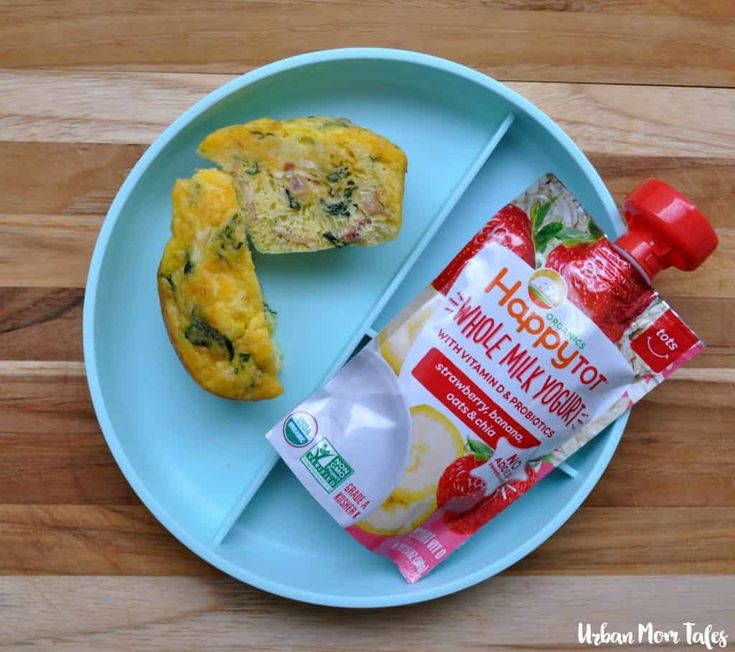 2 percent. Sour cream and cheeses are allowed to be given no more than twice a week;
2 percent. Sour cream and cheeses are allowed to be given no more than twice a week; - cereals. Porridge for a one-year-old child is given only for children. Adult coarse cereals are poorly digested in the baby's body. Allowed: oatmeal, buckwheat, millet, corn, rice porridge;
- vegetables fruits. By the age of 1, the child is familiar with apples, pears, bananas, prunes, zucchini, broccoli, carrots, potatoes. After a year, kiwi, beets, peas, apricots, beans are introduced into the diet. Legumes are given twice a week. The rest of the vegetables and fruits are allowed for use every day;
- meat fish. Hake, pollock, cod are given twice a week, low-fat meat varieties - daily;
- oil. Butter and vegetable oils are added to ready meals. If the child already chews well enough, it is permissible to smear butter on bread. vegetable oils are chosen only unrefined;
- eggs. Up to a year it is allowed to introduce quail eggs, after a year they give chicken no more than three times a week.
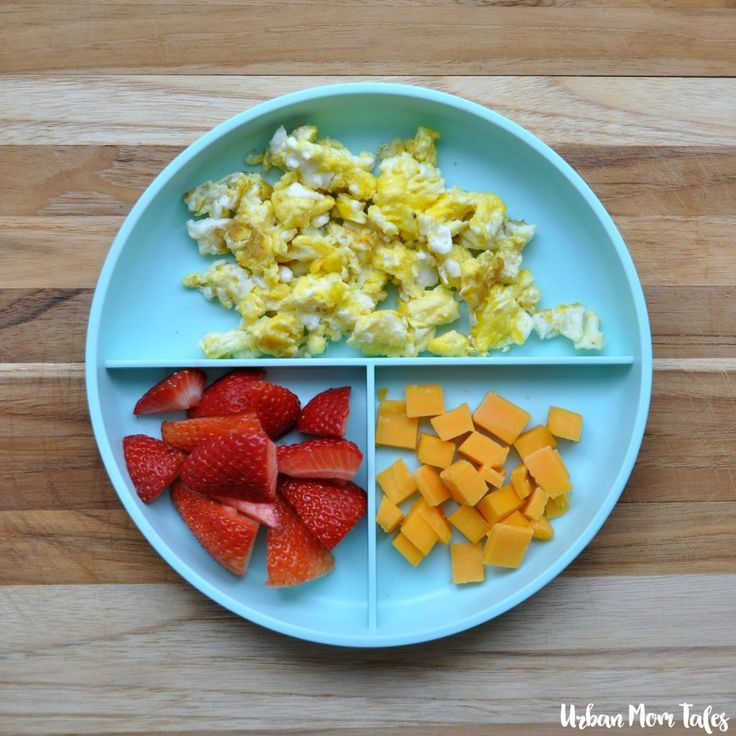
Example from practice: One-year-old Pasha's mother made the following menu for him for the day, which she plans to feed him until he is 1.5 years old: For breakfast, porridge/vegetable dishes, cottage cheese 200 g, drink 100 ml. Lunch consists of salad - 30 g, soup - 50 g, second meat course - 50 g, vegetables / cereals - 70 g, compote - 100 ml. For an afternoon snack, mom offers ryazhenka or kefir - 150 ml, cookies, crackers - 15 g, juice, fruits - 100 g. For dinner, cereals / cottage cheese / vegetables are served - 180 g, fermented milk products - 100 ml, fruits - 50 g.
Further, the weight of the products will gradually increase with the age of Pasha. Mom made up the optimal variant of the diet together with specialists.
Prohibited products for children from the year
The list of products not recommended for baby food includes:
- any kind of sausages, sausages;
- fried food;
- smoked meats;
- exotic vegetables, fruits;
- caramel, chewing gum;
- products containing flavor enhancers, dyes; flavors.
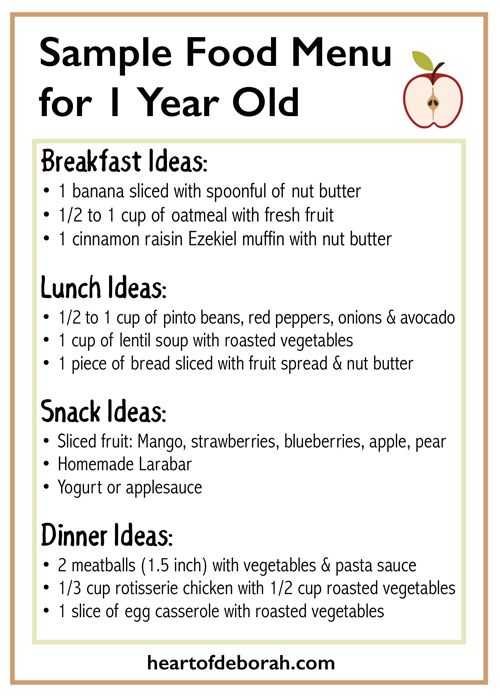
Children are limited in food with a lot of cholesterol, nuts. The latter can cause an allergic reaction. It is not advisable to give mushrooms, as they overload the child's digestive tract. For all questions, you can contact our doctors at any time of the day. They will remotely adjust the diet and help balance it.
Norm of food per day for a one-year-old child
The total daily calorie content should not be less than or more than 1300 Kcal. However, these figures are relative, as each child is individual. Someone develops quickly, and someone vice versa. And such children may need a supplement in the diet.
For breakfast, babies should consume at least 300 ml, for lunch - 420 ml, for an afternoon snack - 180 ml, for dinner - 300 ml.
Dr. Komarovsky advises to purchase only seasonal products. In his opinion, they will be able to provide the maximum benefit for the growing body of the child.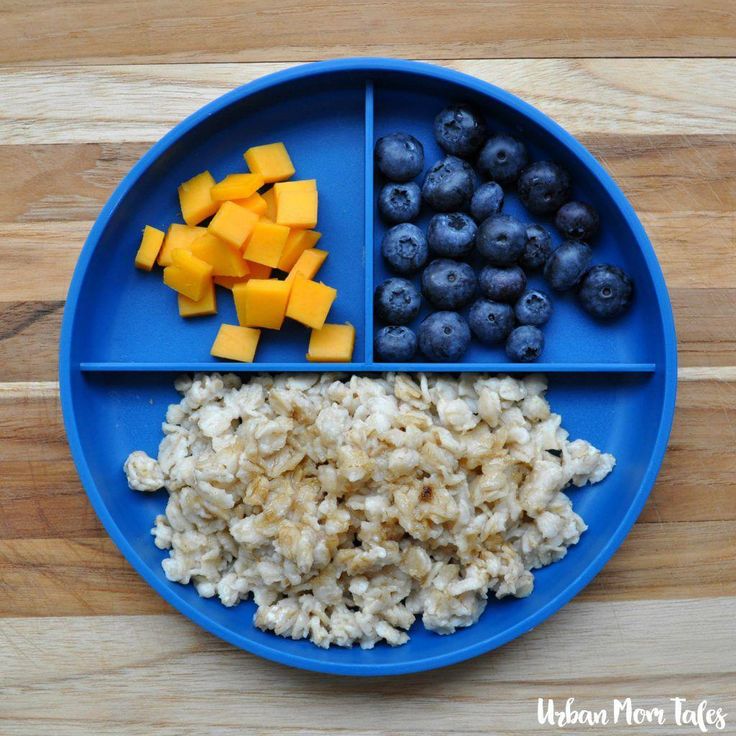
One year old baby menu for every day
Experienced doctors recommend feeding the baby up to 6 times a day. There should be 4 main meals.
Breakfast
In the morning, it is preferable to give milk porridge. Milk is diluted with water before use. Proportions for cereals: 200 ml of milk per 2 tablespoons of cereals. Twice a week it is permissible to serve an omelet from 1 egg. Prepare an omelette for a couple. You can add dill. It stimulates digestion. Wash down with compote, weak tea.
Snack
Yogurts and fruit purees are allowed here. They stimulate the production of gastric juice, digestion. A healthy snack is a baked apple with cookies. Fruit purees from jars, children's drinking yogurts are suitable.
Lunch
Lunch is the main meal. It can be only the first or second course, or maybe all together. Soups are cooked thick, rich, satisfying. Broths are prepared on boneless pulp. The first is drained, and vegetables are added to the second broth. Let's add some oil. The second offers cereals on the water, vegetables, salads, meat or fish. Spices, roasts are excluded.
Let's add some oil. The second offers cereals on the water, vegetables, salads, meat or fish. Spices, roasts are excluded.
Snack
For a small snack, cottage cheese casseroles, milk porridges, cheesecakes, cookies with compote, milk are suitable. Cow's milk is administered with caution. Start with small amounts, diluted with water. Observe the reaction, as cow's milk is considered an allergen.
Dinner
Dinner is scheduled five hours after the afternoon snack. Vegetable puree, porridge, stew with meat or fish are served. It is allowed to add a little oil to the stew.
When breastfeeding, the second dinner is allowed in the form of mother's milk. Children who are used to eating at night are gradually weaned from night feedings.
What to consider when formulating a diet
The nutrition of a one-year-old child should be in compliance with the regimen. You can also create a kind of ritual that will look like a joint table setting, decoration with bright napkins, original food serving.
If for some reason the child refuses to eat this or that product, he is not completely excluded from the diet. It is recommended to add it in small quantities, mixing with the main dish.
If the baby refuses to eat, it is recommended to shift the time. Perhaps the child did not have time to get hungry. Or you can go for a walk and work up an appetite.
All meals are served in turn. Don't put everything on the table at once. In this case, the baby will be confused, will try to try everything at once.
It is necessary to introduce new products with caution, in turn, starting with small portions. At the same time, the reaction of a small organism to innovations is closely monitored. In case of allergic reactions, the product is completely excluded.
Sweets in the form of confectionery, sweets, chocolate are not offered to kids. Small amounts of honey, syrups, jams, dried fruits, cookies are allowed.
FAQ
What must be present in the menu of a child at 1 year old?
+
The diet must be present: meat, dairy products, fruits, vegetables, bread, butter. Fish and eggs are given up to three times a week.
Fish and eggs are given up to three times a week.
What are the most common mistakes parents make when preparing meals?
+
The most common mistake is a monotonous diet, consisting of the same products. It is important to try to feed your baby a variety of foods. This will allow him not only to get acquainted with new products, but also to replenish the stocks of necessary substances.
Is it permissible to include solid food in the diet if the teeth erupted a little?
+
Solid foods help form healthy eating habits. In addition, it is useful for teething. Hard pieces help form the correct bite.
Should I put my baby to sleep after eating?
+
After eating, the baby is drawn to sleep. However, putting him to bed right away is not right. If the child walked a lot, spent a lot of energy, in this case, yes, it is allowed to sleep after eating.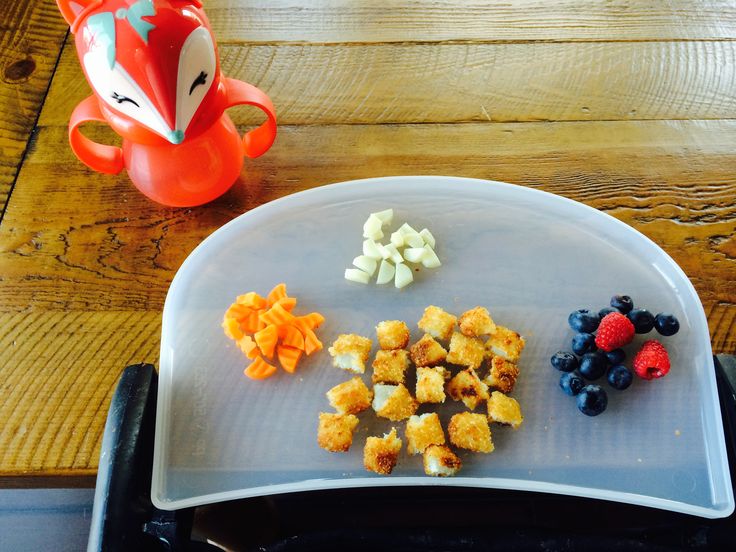

 00 - dinner
00 - dinner 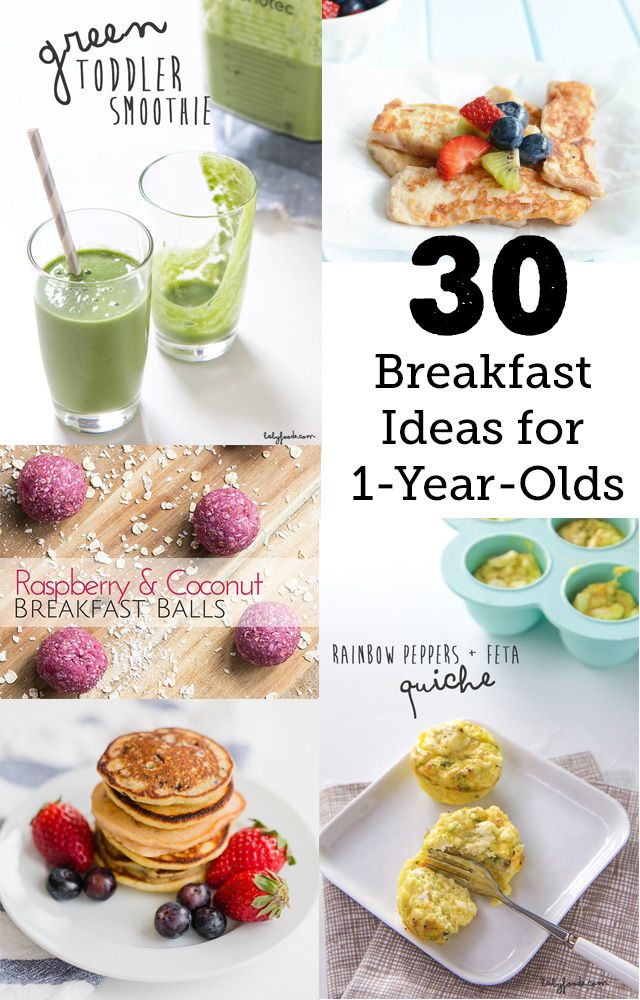 30 - lunch
30 - lunch 